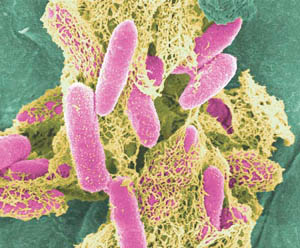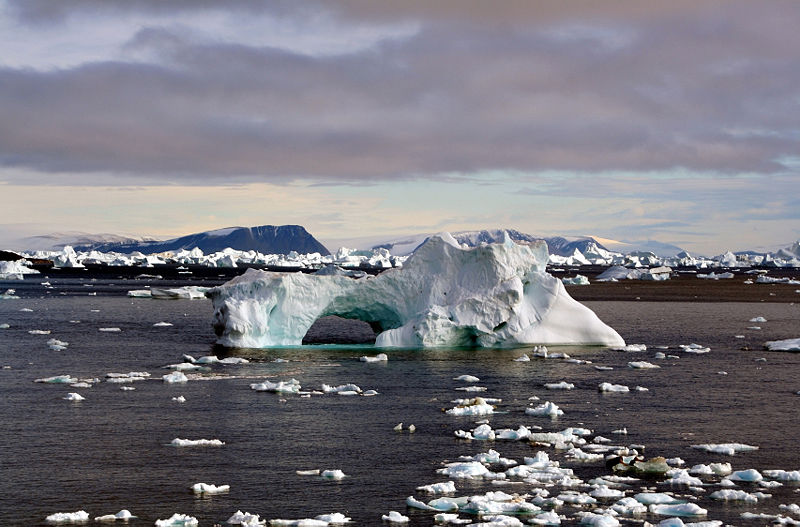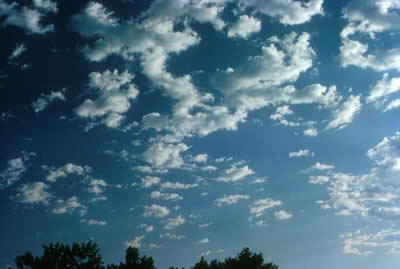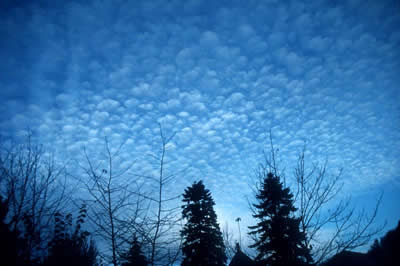Changing Planet: Infectious Diseases
Climate change is having a major impact on many infectious diseases. In some cases, warmer and wetter weather is allowing vectors (the insect or animal that spreads a disease) to grow more easily and spread the disease more freely. In other cases, climate change is causing increasingly frequent catastrophic weather events like storms or flooding, and these events drive people from safe living conditions to conditions where diseases like cholera can quickly become a problem. Many of these diseases are difficult to treat or prevent medically, so it is important that we understand how they might be affected by climate change so we can predict and prepare for them.
Click on the video to watch the NBC Learn video - Changing Planet: Infectious Diseases.
Lesson plan: Changing Planet: Infectious Diseases
You might also be interested in:

The world's surface air temperature increased an average of 0.6° Celsius (1.1°F) during the last century according to the Intergovernmental Panel on Climate Change (IPCC). This may not sound like very
...more
Examples of natural selection processes are well documented in life forms that have very rapid life cycles such as bacteria. Bacteria (domain Eubacteria) are tiny, single-celled prokaryotic organisms.
...more
Many educators are now finding opportunities to teach about Earth's climate and climate change in their classrooms. Windows to the Universe provides an interlinked learning ecosystem to a wealth of resources
...more
Looking for online content that can be used for a climate change education course or module? Pages linked below can be used to support an introductory climate change education for either a unit or a full
...more
Altocumulus clouds (weather symbol - Ac), are made primarily of liquid water and have a thickness of 1 km. They are part of the Middle Cloud group (2000-7000m up). They are grayish-white with one part
...more
Altostratus clouds (weather symbol - As) consist of water and some ice crystals. They belong to the Middle Cloud group (2000-7000m up). An altostratus cloud usually covers the whole sky and has a gray
...more
Cirrocumulus clouds (weather symbol - Cc) are composed primarily of ice crystals and belong to the High Cloud group (5000-13000m). They are small rounded puffs that usually appear in long rows. Cirrocumulus
...more














